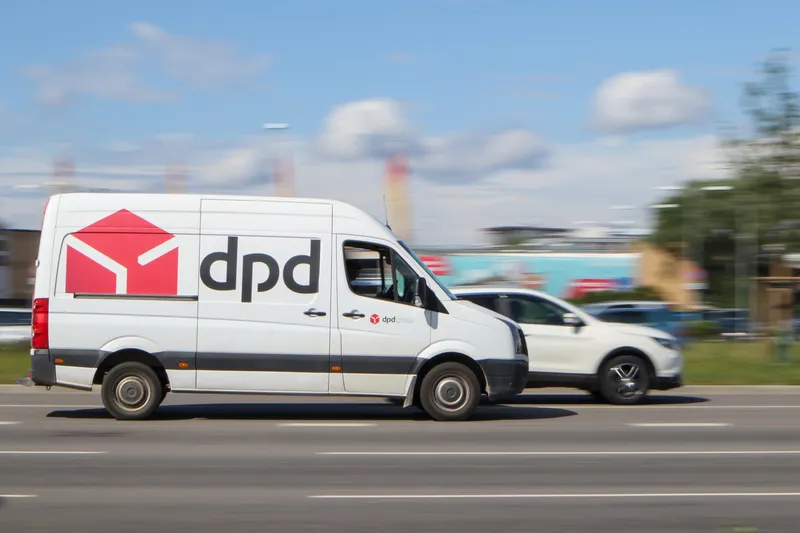
Cepton has deployed its Lidar-enabled obstacle detection system at an unnamed railway intersection in Europe as part of a collaboration with Lithuania-based systems integrator Belam.
Cepton says its Helius Smart Lidar System has monitored more than 15,000 train passages with high accuracy to help ensure the safety of pedestrians and other road users.
The system also helped improve the efficiency of the train service and the traffic flow, the company adds.
Belam delivered accurate obstacle detection with an automated that minimised unnecessary stops, thereby improving the efficiency of traffic flow at the intersection.
To enable accurate obstacle detection, Belam tested a few types of sensors, including lidars and microwave radars through their development process. It concluded that Helius provided the most reliable results in terms of eliminating false positives and false negatives compared to the other sensors.
Additionally, the Vista-P90 Lidars deployed as part of the Helius system outperformed other technologies tested in generating high-resolution 3D imaging of vehicles, people and other objects 24 hours a day.
The Vista-P90 Lidar – powered by Cepton’s patented MMT (micro motion technology) – is expected to offer a wide field of view coverage (90° horizontal x 40° vertical), along with high resolution. The sensor is rotation-free, frictionless and mirrorless, making it rugged and capable of continuous, outdoor applications, even in harsh weather conditions.
The Helius perception software processed the Lidar data to accurately classify objects and track their speeds and locations in real-time. Cepton's lidar solutions were integrated with CCTV cameras and meteorological sensors used to determine weather conditions to provide the information necessary to deliver traffic analytics and trigger the appropriate responses to help save lives.
As a result, Cepton insists the system has achieved an accuracy of over 99.9% in obstacle detection, enabling the level crossing to achieve a higher safety rating while also allowing trains to pass at almost twice the speed.
The implementation of the system has also led to the removal of stop signs, which were previously used to mandate a full stop for all vehicles before crossing.
Smart rail crossings can extend to a complete Vehicle to Everything (V2X) solution, in which both trains and cars can use the real-time traffic data at the intersections to avoid potential collisions and optimise travel routes.
Road authorities could also benefit from traffic analytics based on the number of vehicles and road users and the directions in which they travel across the intersections to generate models and plans for traffic management.










